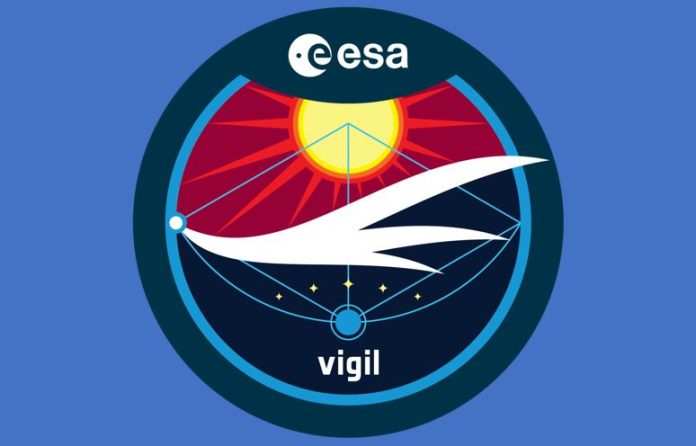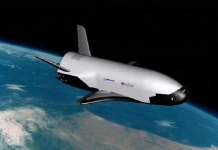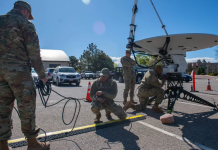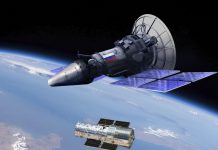The ongoing collaboration between the UK and ESA’s European Space Operations Centre (ESOC) in Germany is playing a key role in the success of numerous pioneering space activities.
These missions – which cover space science, exploration, space safety and Earth observation – were highlighted today as part of a UK government visit to the mission control facility.
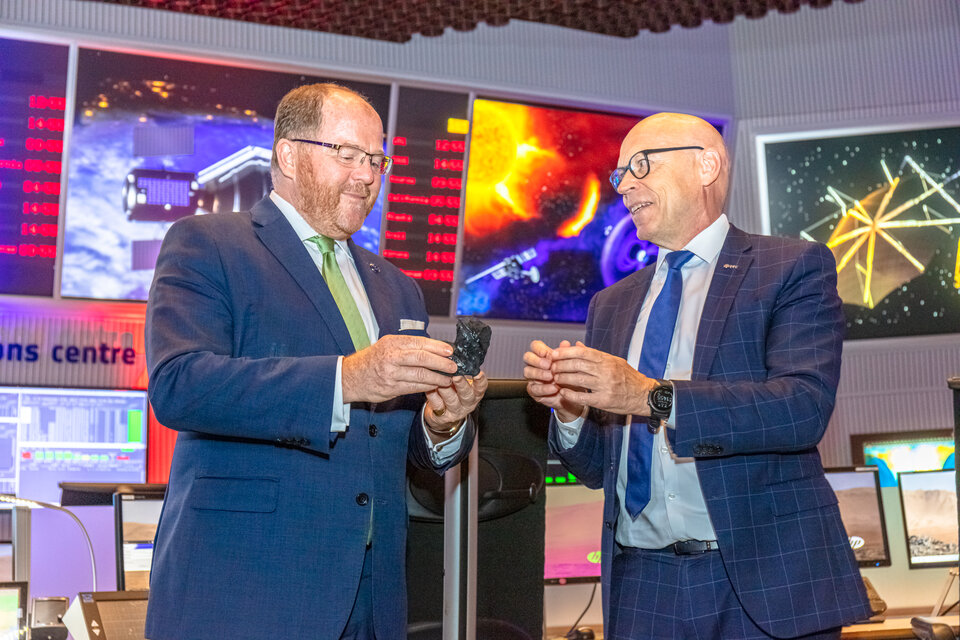
As part of the visit, UK Science Minister George Freeman received a tour of ESOC’s facilities, found out about ESA’s Space Safety programme and met with members of the UK workforce.
Some 85 missions have been flown from ESOC – located in Darmstadt – since its creation in 1967, including many, backed by the UK.
The Sun-observing Solar Orbiter spacecraft, for instance, was built by Airbus at its UK site. The mission uses a suite of 10 instruments – four of which were developed with the help of British scientists and engineers – to carry out close-up studies of the Sun, helping to deliver unprecedented insight into the behaviour of Earth’s closest star.
Shortly after its launch from Cape Canaveral, Florida, in February 2020, ESOC engineers took control of the Solar Orbiter, guiding the mission on its 42 million km journey towards the Sun.
Building on the experience of developing Solar Orbiter, British companies and institutes have also made vital contributions to the development of a new space weather mission called Vigil, which is expected to be flown from ESOC.
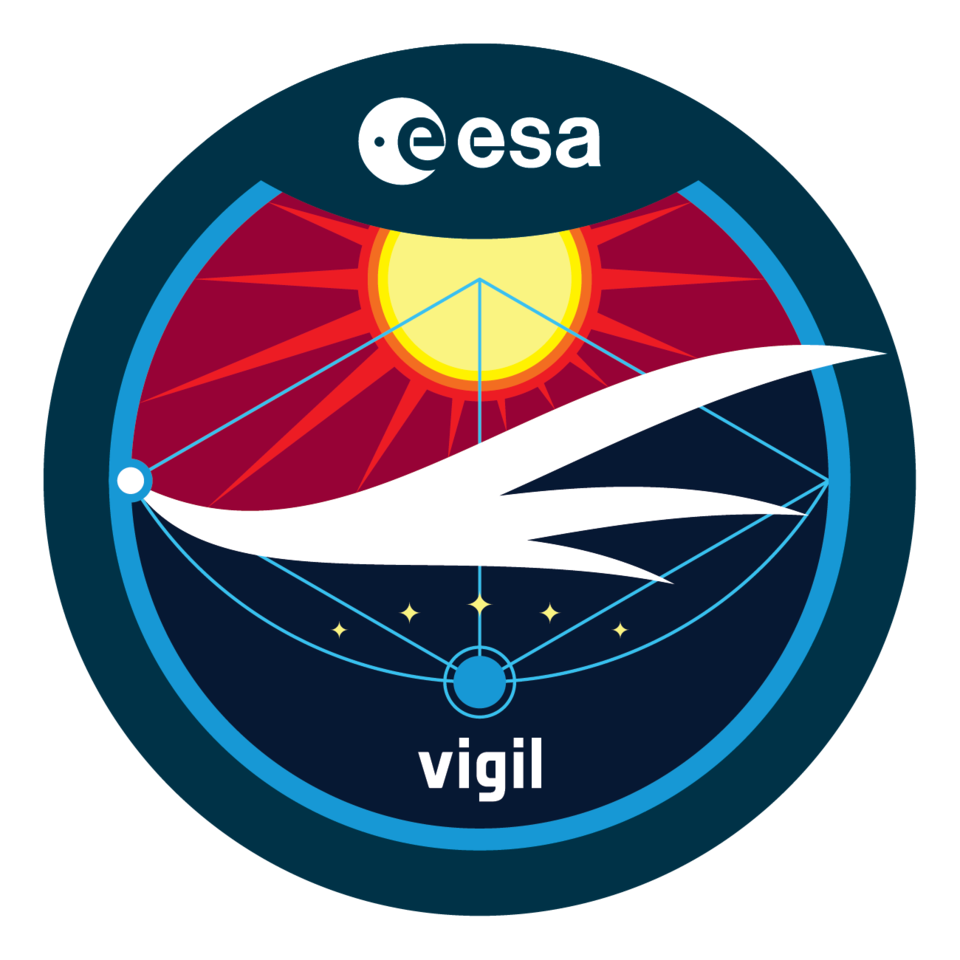
The first mission of its kind, Vigil will deliver a stream of near real-time operational information on solar activity to help protect satellites in space as well as the vital infrastructure on Earth.
Airbus UK is the prime contractor for the spacecraft and several of its state-of-the-art instruments are being developed under the leadership of British institutes.
In addition, academia and industry in the UK play an important role in ESA’s space weather network, managed by ESOC, which provides timely and reliable information to help organisations on Earth mitigate the adverse impacts of space weather.
In another pioneering activity, the UK is supporting current and future exploration efforts through the development of commercial deep-space communications.
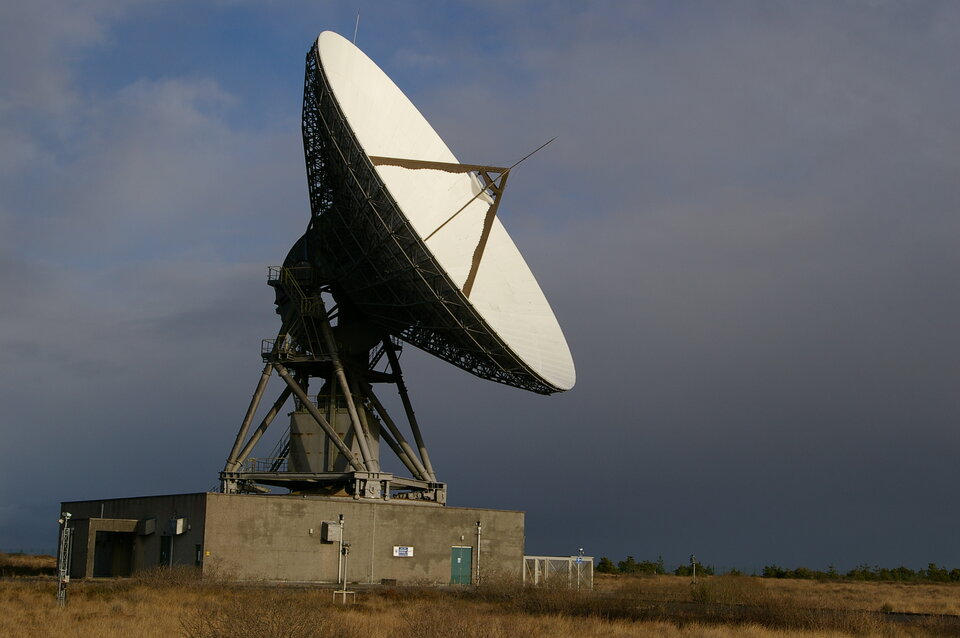
Engineers from ESOC have worked closely with UK experts at the Goonhilly Earth Station in Cornwall to help develop and certify their world-first capacity to offer commercial deep-space tracking services to both businesses and institutional actors in the space industry.
“We’re now providing routine deep-space communication services for ESA missions at Mars and preparing to support international missions to the Moon,” says Matthew Cosby, Chief Technology Officer at Goonhilly. “And we forecast strong growth for our services, especially in the light of the developing ‘commercial lunar economy’ involving new space entrants from the UK, Europe and worldwide.”
Cooperation between ESOC and the UK is also supporting European Earth observation activities.
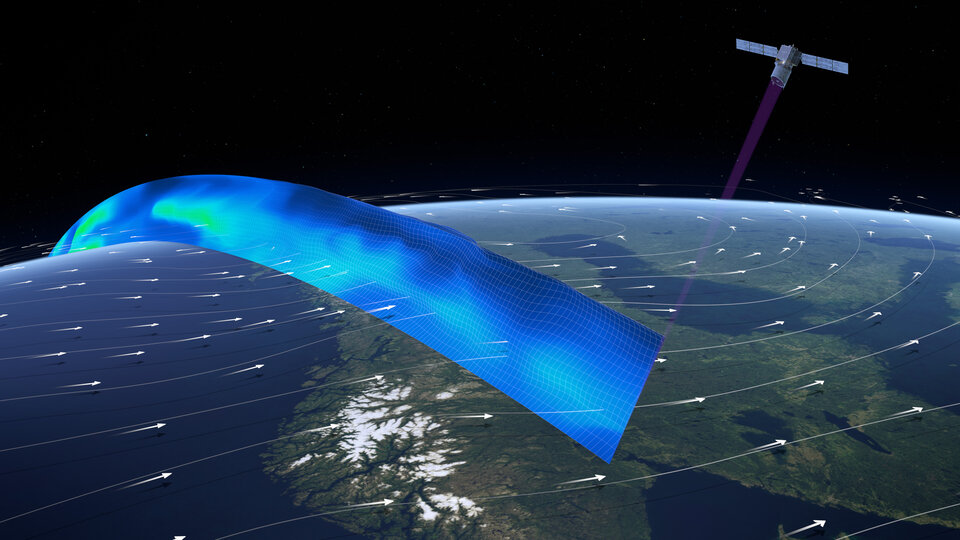
The British-built Aeolus wind-monitoring mission, for example, is being flown from the mission control centre.
Launched in 2018, Aeolus uses breakthrough laser technology to monitor the winds sweeping across the planet.
The mission – which is part of ESA’s Earth Explorers programme – was originally developed as a research and demonstration activity, but it has far exceeded its initial goals, with several meteorological organisations across the world now feeding Aeolus data into their weather forecasting models.
The Aeolus flight control team manages the complex operations of this new technology from the Earth Explorer control room at ESOC and is responsible for command and control, on-board software maintenance and mission planning, as well as interfacing with other ground segment teams.
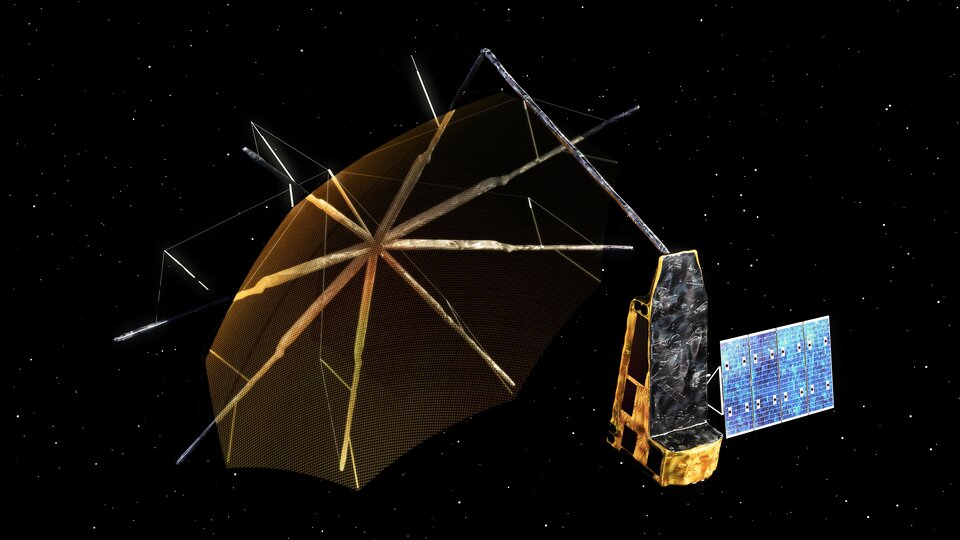
In the coming years, this control room will also host two more UK-backed Earth Explorer missions that are slated to be flown from ESOC, including Biomass – which will deliver crucial information on how the world’s forests are changing – and FORUM, which will provide new insight into the planet’s radiation budget and how it is controlled.
In addition, the UK industry is supporting European leadership in space debris removal through involvement in the development of technology for ClearSpace-1, the first mission to remove an item of debris from orbit, planned for launch in 2025.
“UK expertise is also making vital contributions to the development of our new space weather mission called Vigil, which is expected to be flown from ESOC,” says Rolf Densing, ESA’s Director of Operations and Head of ESOC.
“The success of ESA’s Space Safety programme, based at ESOC, relies on strong support from our Member States, and the UK has a unique set of technical, scientific and industrial abilities that will be vital to help tackle the problems of space debris, planetary defence and hazardous solar activity.”


